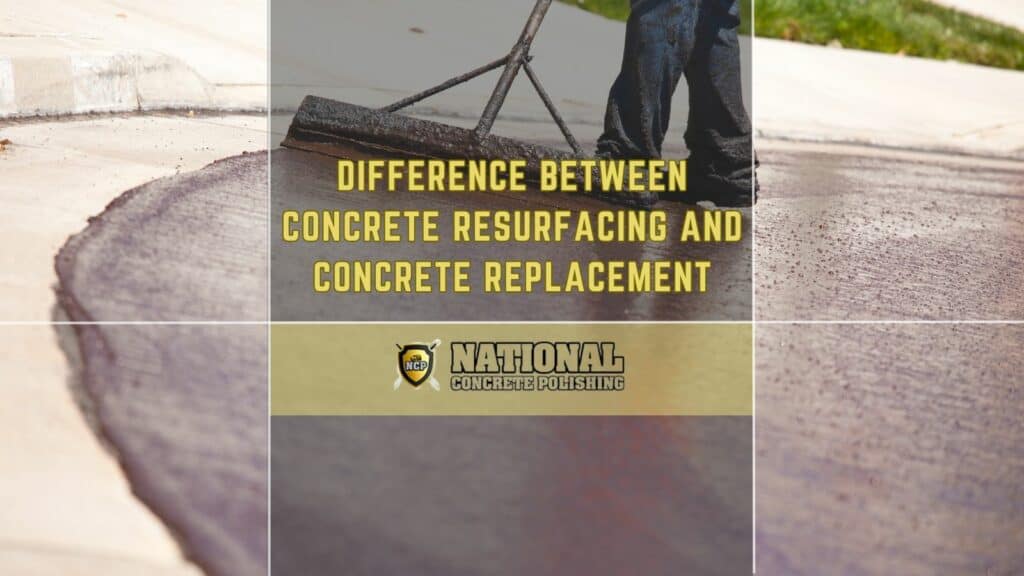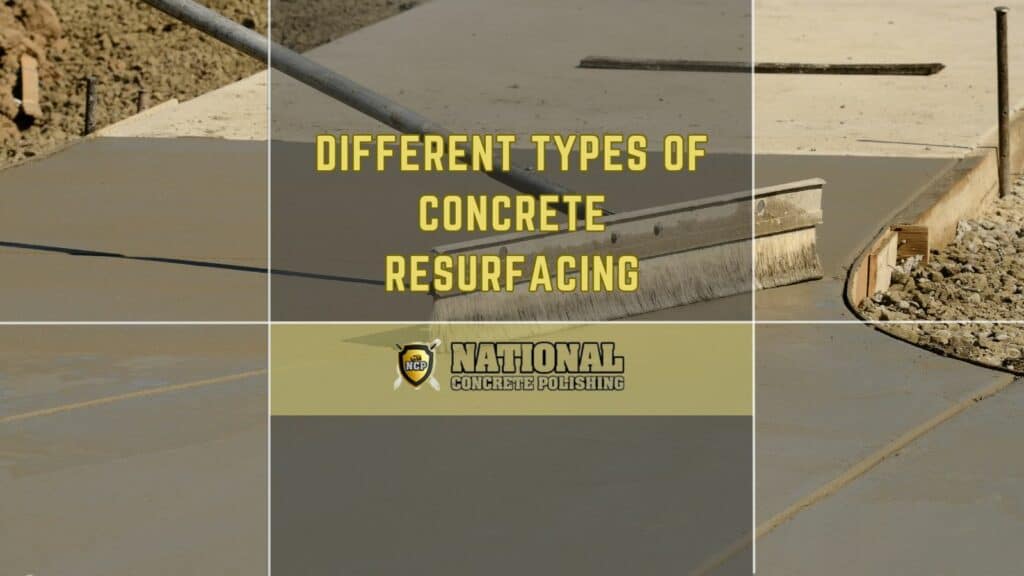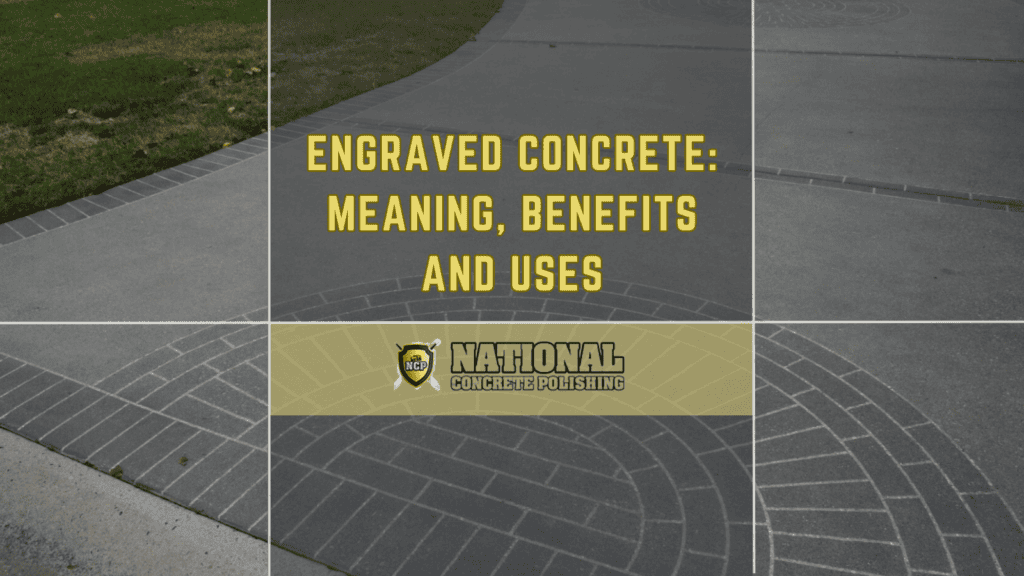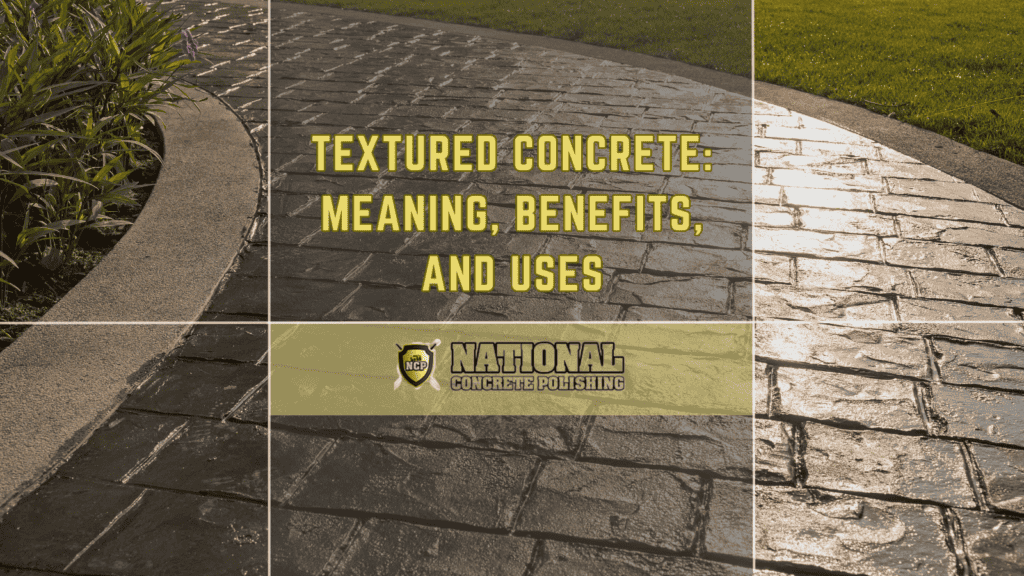Concrete resurfacing is the process of applying a thin layer of cement-based overlay to existing concrete surfaces to repair and restore them. This technique is used to cover up imperfections, add decorative finishes, and extend the life of the concrete without the need for complete removal and replacement. It is a cost-effective method that improves the appearance and functionality of worn-out concrete surfaces such as driveways, patios, and floors.
Concrete replacement involves removing the existing concrete structure entirely and replacing it with new concrete. This process is necessary when the concrete is severely damaged, structurally compromised, or beyond repair. Concrete replacement ensures a completely new, durable surface but is more labor-intensive and costly compared to resurfacing. It typically involves demolition, removal of old concrete, preparation of the base, and pouring of new concrete.
Both concrete resurfacing and concrete replacement aim to improve the appearance and functionality of concrete surfaces. They address issues such as cracks, spalling, and wear, ultimately enhancing the durability and aesthetics of the area. Both methods can be applied to various concrete structures, including driveways, walkways, patios, and floors, depending on the extent of damage and the desired outcome.
The primary difference between concrete resurfacing and concrete replacement lies in the extent of the work and the cost involved. Resurfacing is a less invasive, more affordable option that involves applying a new layer over the existing concrete. In contrast, replacement requires completely removing the old concrete and installing new concrete, making it a more comprehensive and expensive solution. Resurfacing is suitable for minor to moderate damage, while replacement is necessary for severely deteriorated or structurally unsound concrete.
What is Concrete Resurfacing?
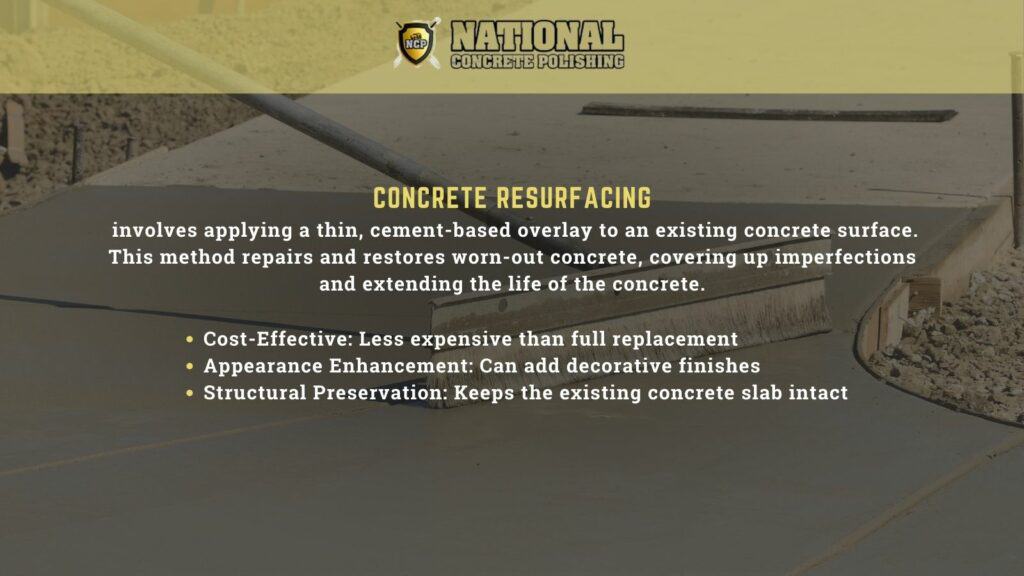
Concrete resurfacing is a process where a new layer of material is applied over the existing concrete surface. This technique is often used as a cost-effective solution to revitalize and enhance the appearance of old, worn, or damaged concrete.
During the concrete resurfacing process, a specialized overlay material, such as a concrete-based mixture or a polymer-modified compound, is applied to the top of the existing concrete. This new layer is designed to adhere to the underlying concrete, creating a seamless and durable finish.
One of the key benefits of concrete resurfacing is that it allows you to preserve the structural integrity of the existing concrete. Rather than completely removing and replacing the entire concrete slab, resurfacing simply refreshes the top layer, addressing any aesthetic or minor functional issues without the need for a full-scale replacement.
This approach can be particularly advantageous when the underlying concrete is still in relatively good condition, but the surface has become discolored, cracked, or uneven due to normal wear and tear over time. By resurfacing, you can restore the visual appeal of your concrete surfaces while also improving their functionality and slip resistance.
Common applications of concrete resurfacing include driveways, patios, walkways, and pool decks. The versatility of resurfacing techniques also allows for a wide range of customization options, enabling you to choose from a variety of colors, patterns, and textures to complement your home’s overall design aesthetic.
What is Concrete Replacement?
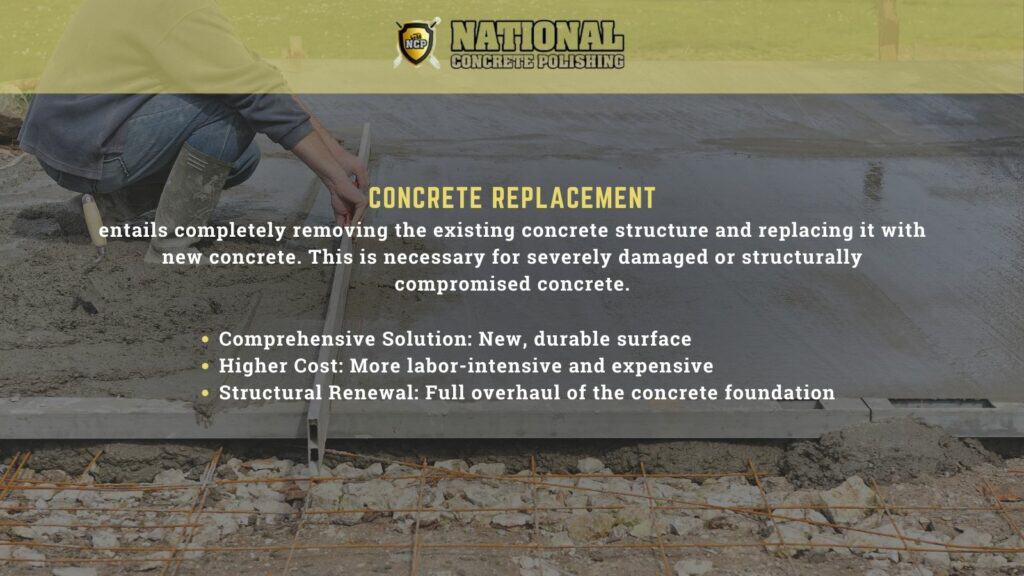
Concrete replacement is the process of completely removing an existing concrete slab or structure and installing a brand-new one in its place. This approach is often necessary when the existing concrete has experienced extensive damage, or deterioration, or no longer meets the required functional or design specifications.
Unlike concrete resurfacing, which focuses on refreshing the top layer, concrete replacement involves a complete overhaul of the concrete foundation. This may be required for a variety of reasons, such as significant damage or deterioration to the existing concrete, changing design or functional requirements, or the need to comply with new regulations.
When the existing concrete has experienced extensive cracking, spalling, or other forms of severe damage, a complete replacement may be the most appropriate solution to ensure the long-term durability and safety of the surface.
Also, if your needs and preferences for the concrete surface have changed over time, concrete replacement allows you to start fresh and customize the new slab to better suit your current design goals or functional requirements.
In some cases, older concrete structures may need to be replaced to meet updated building codes, accessibility regulations, or environmental standards.
While concrete replacement typically requires a more significant investment of time and resources compared to resurfacing, it can provide long-term benefits, such as improved durability, increased property value, and the ability to create a completely new and personalized outdoor living space.
What is the Difference Between Concrete Resurfacing and Concrete Replacement?
Here is a table outlining the key differences between concrete resurfacing and concrete replacement:
| Concrete Resurfacing | Concrete Replacement |
| Involves applying a new layer of material over the existing concrete surface | Involves completely removing the old concrete slab and installing a brand-new one |
| Cost-effective solution to revitalize and enhance the appearance of old, worn, or damaged concrete | Typically requires a more significant investment of time and resources |
| Preserves the underlying concrete structure | Provides a clean slate to customize the new slab to your specific needs |
| Used when the existing concrete is still in relatively good condition, but the top layer has become worn, discolored, or damaged | Necessary when the existing concrete has suffered extensive damage or deterioration, or when design/functional requirements have changed |
| Can improve the visual appeal, functionality, and slip resistance of the concrete surface | | Can improve durability, increase property value, and allow for a completely new and personalized outdoor living space |
| Common applications include driveways, patios, walkways, and pool decks | Common applications include addressing severe damage, changing design/layout, or meeting new regulations |
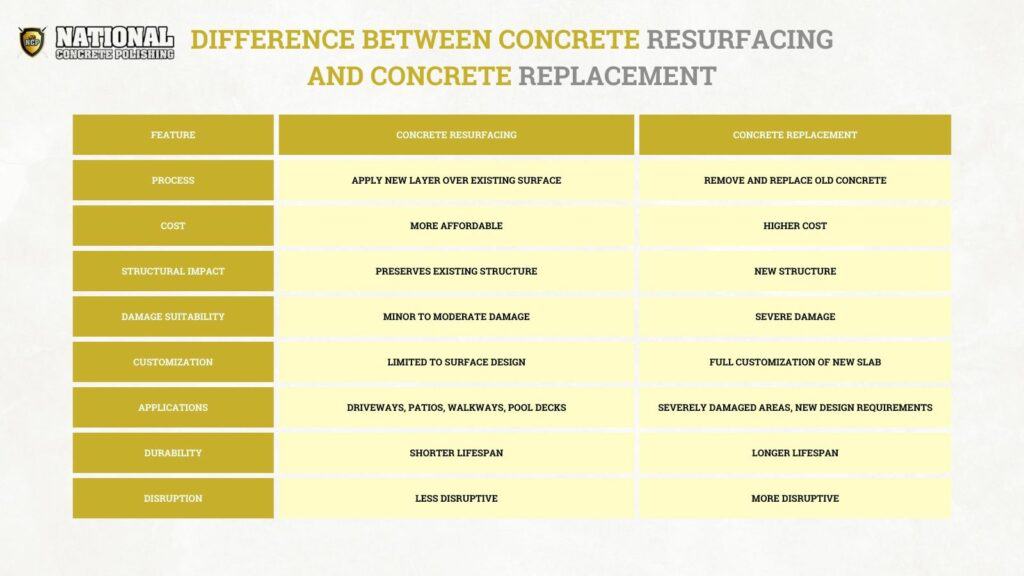
Factors to Consider When Choosing Between Resurfacing and Replacement
When deciding between concrete resurfacing and concrete replacement, you have to consider these factors:
1. Condition of the existing concrete
The first factor to consider is the condition of the existing concrete. You’ll need to evaluate the extent of damage, deterioration, or structural issues with the current surface.
If the concrete is severely cracked, spalling, or has significant structural problems, replacement may be the better option. Conversely, if the underlying concrete is still in relatively good condition, resurfacing can be a more cost-effective solution.
2. Desired appearance and customization
Resurfacing offers more limited customization options, as you’re essentially refreshing the top layer. Replacement, on the other hand, allows you to start fresh and design a completely new surface, changing the size, shape, or layout as needed. This can be particularly useful if you want to make significant aesthetic or functional changes to the concrete area.
3. Functional requirements
Heavily trafficked areas or those with specific load-bearing needs may necessitate a full replacement to ensure the concrete can withstand the demands placed upon it.
Additionally, if the concrete needs to meet updated building codes, accessibility standards, or environmental regulations, replacement may be necessary to comply with these new requirements.
4. The budget and timeline
Resurfacing is generally more cost-effective than a full replacement, as it involves less labor and materials. However, replacement projects typically require a longer timeline, as the removal of the old concrete and installation of the new slab can be more time-consuming.
Evaluate your available budget and the long-term cost-effectiveness of each option, as replacement may provide a longer-lasting solution but with a higher upfront investment.
5. Disruption to the property
Disruption to poverty and the long-term maintenance and durability of the concrete surface. Resurfacing typically involves less disruption to the surrounding area, as the existing concrete remains in place.
Replacement, on the other hand, requires the complete removal and disposal of the old concrete, which can result in more significant disruption. Also, assess the expected lifespan and maintenance requirements of each option, as replacement generally provides a more durable and long-lasting solution, while resurfacing may require more frequent touch-ups or re-applications over time.
At National Concrete Polishing we are committed to helping you make informed decisions. This will enable you to know whether to choose concrete resurfacing or concrete replacement for your next concrete improvement project. Contact us today to get started!
Is concrete resurfacing more cost-effective than replacement?
Yes, concrete resurfacing is generally more cost-effective than concrete replacement. Resurfacing projects require less labor and materials compared to the complete demolition and reconstruction involved in a replacement project, making it a more budget-friendly option for homeowners and business owners looking to revitalize their concrete surfaces.
How much disruption can be expected with a concrete resurfacing project and a replacement project?
Concrete resurfacing generally causes less disruption to the surrounding area compared to a concrete replacement project. With resurfacing, the existing concrete remains in place and the new resurfacing material is simply applied over the top, minimizing the amount of demolition and debris removal required.
In contrast, a concrete replacement project involves the complete removal and disposal of the old concrete slab, which can be a more disruptive and time-consuming process, often requiring closure or restricted access to the affected area for a longer period.
How does the durability of resurfaced concrete compare to replaced concrete?
Replaced concrete typically has a longer lifespan and is more durable than resurfaced concrete. When a new concrete slab is installed, it provides a fresh, structural foundation that is built to last. In contrast, concrete resurfacing involves adding a new top layer over the existing concrete, which may have some underlying issues or degradation over time.
While resurfacing can significantly improve the appearance and functionality of the surface, the resurfaced concrete may not be as durable or long-lasting as a completely new concrete replacement in the long run and may require more frequent maintenance or re-application in the future.
Does concrete resurfacing require the removal of the existing concrete?
No, concrete resurfacing does not require the removal of the existing concrete. The new resurfacing material is simply applied over the top of the existing concrete surface. The key benefit of resurfacing is that it allows for the revitalization of the concrete without the need to demolish and remove the underlying slab, which is required for a full concrete replacement project.
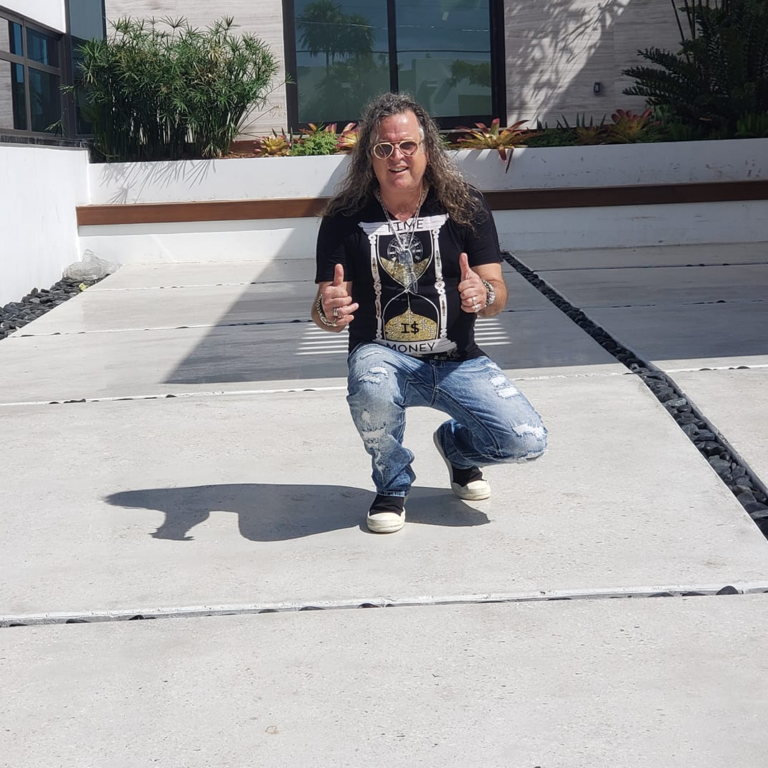
Share This Post

